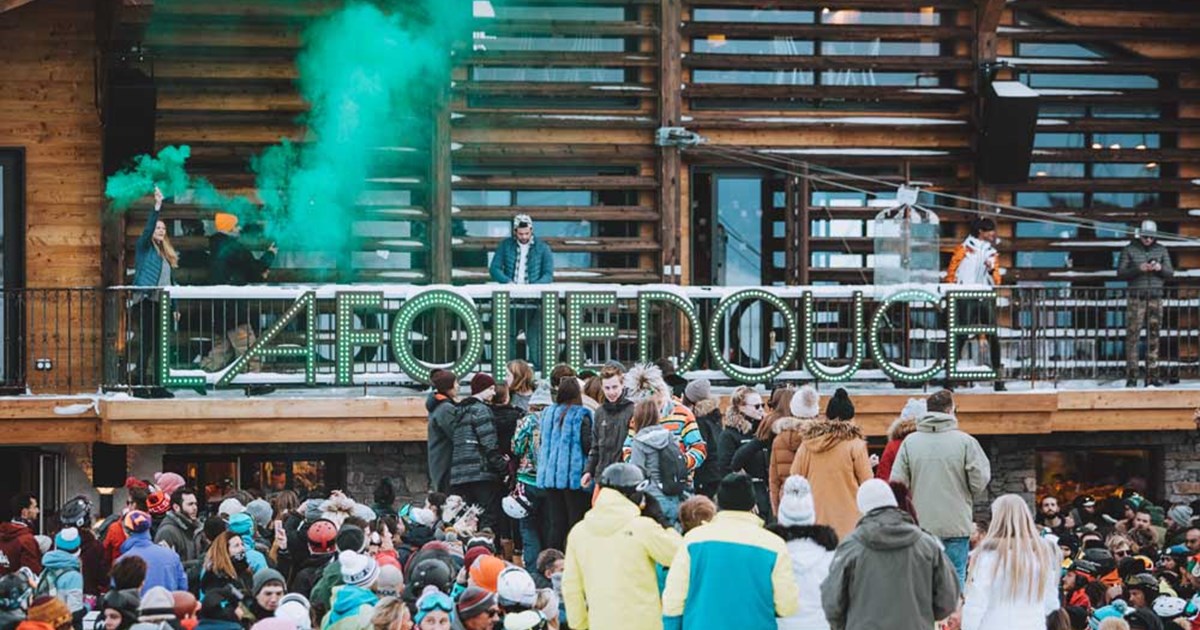Coutesy of —Mary Catherine O'Connor @outsideonline.com
Pointing to the sacredness of the San Francisco Peaks north of Flagstaff, Arizona, a coalition of Native American tribes has been fighting the development and expansion of Arizona Snowbowl ski resort since 1979. It remains defiant, reports the New York Times, despite having suffered a key legal defeat this winter. A federal court ruled against the tribes in a nearly decade-old lawsuit that claims the ski resort's plans to use treated wastewater from Flagstaff's sewage system to make artificial snow for the resort would interfere with religious practices and mar the mountains. Wait. The resort will use sewage to make snow? Technically, yes. That's why the story has garnered lots of attention. But recycling treated wastewater for applications that do not require potable water is not nearly as icky, nor as uncommon, as it might sound. This type of water is commonly used for irrigating golf courses and soccer fields, for example.
While Arizona Snowbowl would be the first resort in the U.S. to use 100 percent treated wastewater to make snow, it's a common practice in Europe and in parts of Australia, says Hunter Sykes, an environmental sustainability consultant who closely tracks the outdoor recreation industry and produced a 2007 documentary about the environmental impacts of rampant ski resort development called Resorting to Madness. "Most people who work with wastewater don't see this an issue, because it's not going to make people sick and, as far as we know, it's not going to contaminate flora or fauna," he says.
Not everyone is quite so comfortable, though, with the idea of using treated wastewater for snowmaking. Among the groups that oppose it, on the grounds that the water may contain chemical inputs from pharmaceuticals and other potentially hazardous hard-to-trace sources, include the Center for Biological Diversity. Sykes agrees that there is still much we don't understand about the chemical agents that persist in treated wastewater and how they could impact the ecosystems into which they're released, but says if it was up to him, he would use the treated wastewater.
Taylor McKinnon, public lands campaigns director for the Center for Biological Diversity points to a study that linked wastewater effluent released into a creek in Boulder, Colorado, with abnormal fish gender distributions. "There is an emerging and growing list of compounds [about which] we don't know the affects," he says, but we know that endocrine disruptors [in wastewater] will change fish sex ratios. This points to the need for additional research and more advanced water treatment."
But McKinnon and Sykes do agree on one thing: the real story here is the increase in snowmaking, industry wide, and the wider environmental impacts of making snow.
One can argue that for a ski resort in an arid landscape such as Arizona, reusing wastewater for snowmaking can be a much better alternative, environmentally speaking, than using increasingly scarce fresh water. In either case, other issues loom large. These include the energy required to pump the water, the quality of that water (even if it comes from "natural" sources), and the ways that artificial snowpacks change mountain landscapes.
ENERGY
In the Times story about Arizona Snowbowl, a forester with the U.S. Forest Service is quoted saying that climate change is making snowmaking increasingly necessary at ski resorts. That may be true, but the act of making snow where coal is used to generate the energy to make the snow is only exacerbating the situation.
"Burning coal to make snow is a self-destructive behavior for federal agencies and for outdoor recreation industry," says McKinnon.
The energy required to make snow will only increase if winters begin later and skew toward warmer or more erratic temperatures. "For a lot of [ski] areas, snowmaking is the biggest single expense, even before payroll," says Sykes.
Fortunately, many ski resorts are increasing the wind, solar and other types of renewable, clean-burning fuel they use for power generation. Plus, snowmaking equipment is increasingly energy efficient.
WATER
Ski resorts often make snow using nearby natural streams or lakes, but that doesn't mean the water is clean. Sykes points to how, in Colorado, water pulled for snowmaking from the Snake River is tainted with zinc, copper, lead and other metals that seep from old mining claims.
Even if water that is extracted for snowmaking is clean, the act of extracting it leads to other "externalities," he says. For one thing, pulling clean water upstream from sources of contamination, such as mining claims, removes the benefits of dilution that the water would have otherwise provided.
Reducing stream flow could have other consequences as well. "Another extraction issue is that you're removing sizable amounts of water from streams in the fall, which is a key time for aquatic life," says Sykes.
ALTERED LANDSCAPES
As snowpacks decrease in some parts of country, the demand for terrain parks is growing everywhere. To manufacture a sizable terrain park, ski resorts must manufacture snow. A lot of it.
That has led to more snowmaking, using more water and energy every year. In some areas, summer comes and goes but the massive piles of snow that were once halfpipes or tabletops remain. This prevents the natural cycle of melting and of plant growth and while these areas are small on each mountain, they add up in aggregate.
"You have a longer runoff period, so you have a lot of water running off smaller streams and they're carrying increased amounts of sediment. This is happening in parts of the mountain that have already been denuded, so topsoil is already depleted," says Sykes. "You're changing the profile of the mountain."
While sewage for snowmaking makes for good headlines, the real environmental issues seem to be hiding within the business of making snow.
